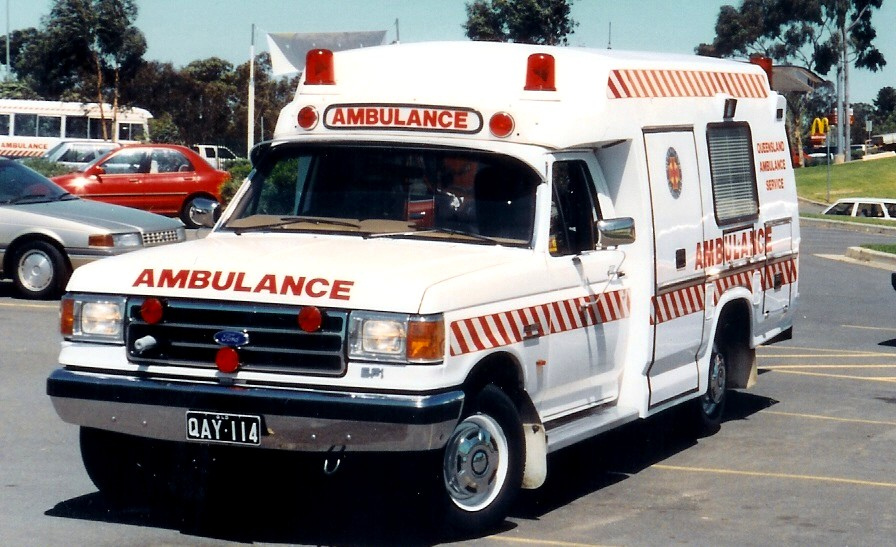Journal Club Summary
Alam N, et al. Lancet Respir Med. 2018 Jan;6(1):40-50.
Question and Methods: The authors of this nation-wide open-label RCT studied the mortality effect of pre-hospital antibiotics on febrile patients with one other non-laboratory SIRS criteria by comparing pre-hospital usual care with IV fluids and oxygen to the same plus Ceftriaxone 2g IV.
Findings: The authors found no difference between the groups, with each having an 8% mortality rate (RR 0.95 (0.74 – 1.24), p = 0.78).
Limitations: Major limitations of this study included the lack of blinding and the loss of allocation concealment in the beginning months, undermining their randomization process and having unequal groups.
Interpretation: At this time, prehospital antibiotics by EMS cannot be recommended for septic patients.
Epi lesson
These clinical trial terms have different meanings but are often confused. Concealment refers to the process whereby the treatment allocation is made unknown or concealed prior to patient randomization. This helps prevent selection bias by ensuring that health providers and research staff are not tempted to include or exclude cases according to their views on the allocated treatment. Blinding refers to the methods employed after randomization to ensure that patients, health care providers, and research staff cannot determine whether the patient is receiving the study or the control treatment. This reduces ascertainment bias (the likelihood of differential assessment of outcome).
By: Dr. Ian Stiell


